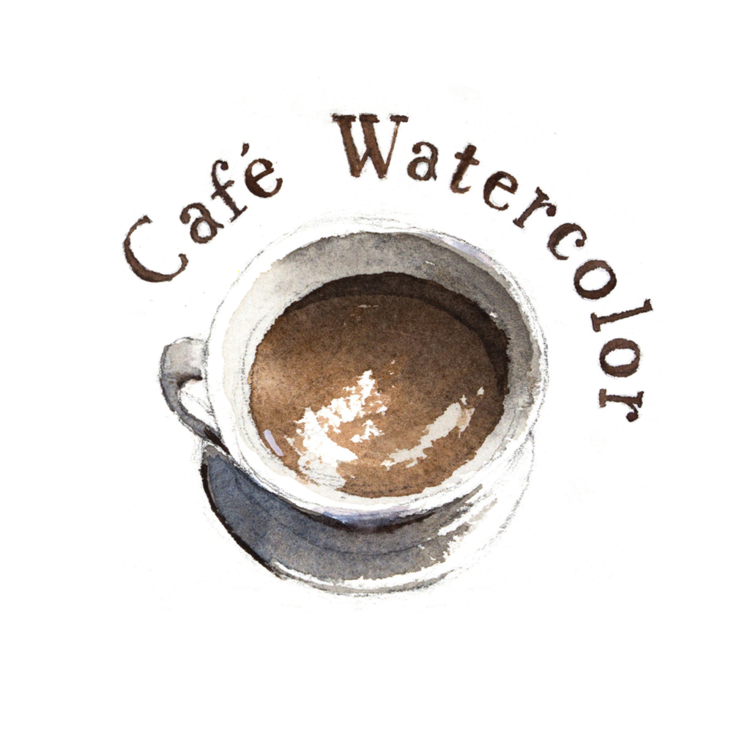Have you ever seen a scene that you just love, you want to paint it, but don’t know where to start? That definitely happened to me lately. So I’m going to share with you how I turn this photo into this painting that I really like.
I’ve talked about picking your subject, taking good reference photos for your painting before. But what do you do when you picked a subject, you took a photo, but not quite sure what to do with it? So I asked myself 3 important questions that helped me to change this photo into something paint-able for me. And I encourage you to ask the same 3 questions when you look at the photos you took:
What attracts you?
There must be something in the photo that really attracts you. What is it? I mentioned before, it’s all about the shape. To identify the special shape that really attracts you. Maybe it’s a building, a specific object, or the overall shape of the light. Whatever it is, you want to identify that, that is the most important thing you need to know. So in my case, it’s definitely this tall tree. Its shape and its color really caught my eyes.How to bring it to focus?
After you identify what attracts you. You want to bring that into the focus. The reason for that is you want your viewers to see what you see. If it got buried by other shapes, your viewer might not be able to focus on what you want them to focus on. So in my case, I play around with the composition a little bit. I crop the image and change its orientation to vertical so I am able to show the height of the tree better. I crop out the things on the side so it’s less distracting. I also use the rule of thirds grid to help me compose the image, the tree is aligning with the line on the right. This creates a balanced composition that still creates a sense of movement. And of course, by waiting for the lighting to change, the cast shadow on the ground brings out the light of the tree. So think about how do you bring the thing you like the most into focus. It is the main actor in your stage, bring it to light.What to add or subtract?
This is closely related to our last point. But after you crop the image and did what you could to bring the subject into focus. You now need to think about complete the experience by adding and subtracting things in the photo. The worst thing you can do is to paint everything you see in the scenery. Because chances are the real world is not put together for our painting convenience. So there ought to be things that don't need to be there in your painting and vice versa. In my case, I took out those cars in the background on the driveway. I simplify a lot of the trees into simple shapes. I also added a car on the right just to enhance the depth and as a scale reference for the tree.
Actively think about those when you are planning for your painting. This is where the photo editing app like Snapseed, and process like value study come in. Don’t try to do everything in your mind and go straight to the final painting. Get it out on the paper so you can see the actual image before you proceed. In today’s video, I’m going to share with you the process from edit my photo, value study, and the finished painting.
